
This $0 Hack Will Fix Your Raised Beds
Use scraps, salvage, and stuff you already have to upgrade your garden beds in time for spring.
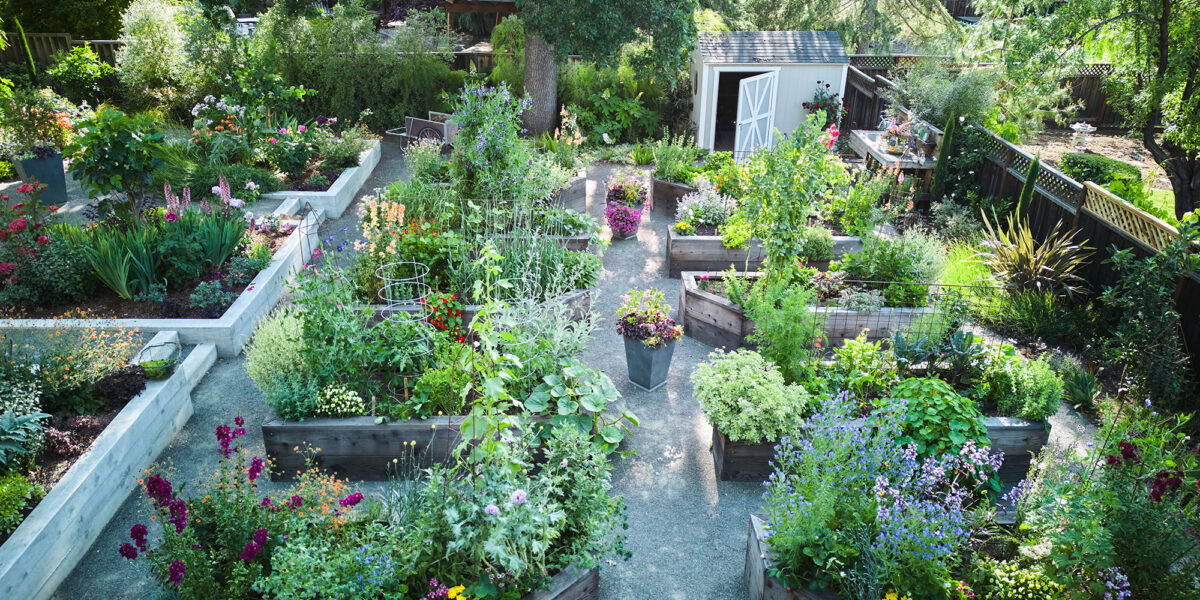
Thomas J. Story
Raised beds work hard—weathering the elements, holding up under the weight of thriving roots, and soaking in season after season of robust root systems and watering. If yours are looking a little worse for wear, here’s the good news: You don’t need to spend a fortune to refresh them. From reinforcing sagging sides to reviving depleted soil, a few smart (and free) upgrades will have your raised beds looking and growing better than ever. The first fix? A zero-cost soil refresh using scraps you probably already have on hand. With a little creativity, you can rebuild, enrich, and upgrade your beds using salvaged, repurposed, and completely free materials.
1. The $0 Soil Refresh

Thomas J. Story
Before you drop cash on pricey soil amendments, take a second look at what’s already in your kitchen, yard, and compost pile. Nature’s best fertilizers are free—and they’re likely hiding in plain sight. While homemade compost is best, here are some other options to fortify your soil.
Leaf Mold Magic
That pile of fallen leaves? Garden gold. Let them break down into a nutrient-dense, moisture-retaining soil conditioner that improves structure and microbial life.
Eggshell Calcium Boost
Instead of tossing those breakfast leftovers, crush eggshells and work them into the soil. They release calcium slowly, strengthening plant cell walls and preventing issues like blossom-end rot in tomatoes and peppers.
Banana Peel Fertilizer
Packed with potassium, chopped banana peels decompose quickly when buried near heavy feeders like tomatoes, roses, and peppers—giving plants an easy nutrient boost.
Coffee Grounds & Tea Leaves
Rich in nitrogen, these pantry staples improve soil texture and microbial activity. Just use them sparingly—too much can increase acidity.
Cover Crops
Raid that pantry and plant nitrogen-fixing cover crops like buckwheat and fava beans to replenish nutrients naturally.
2. Salvaged Support
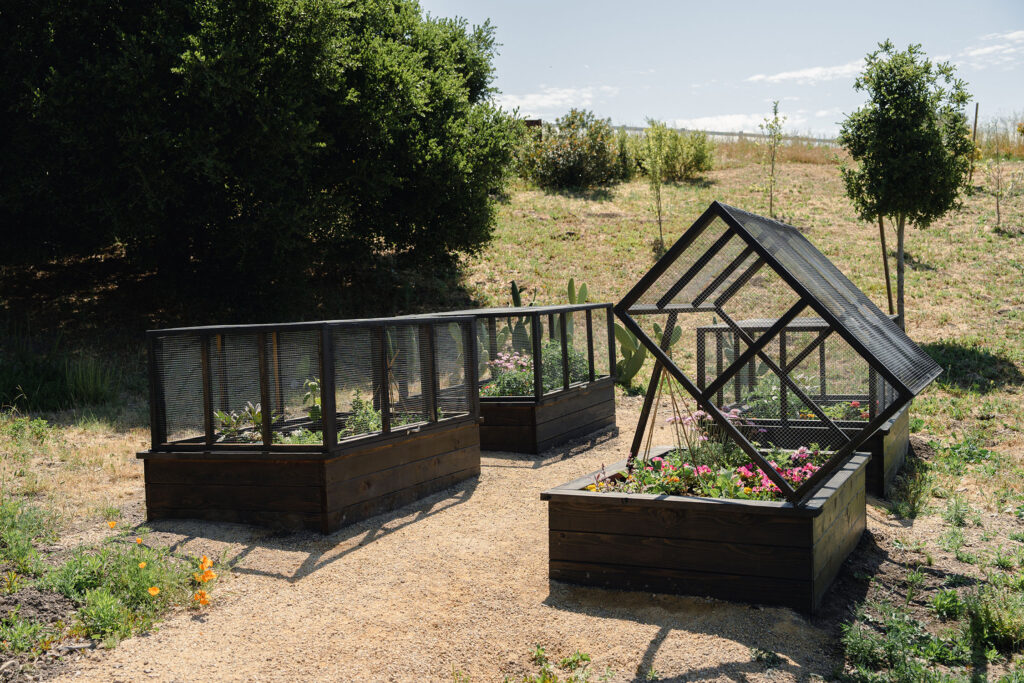
Thomas J. Story
If your raised beds are leaning, sagging, or splitting, don’t rush to replace them—try stretching in another season by reinforcing them instead. A few smart salvaged fixes can add years to their life without costing a cent.
Scrap Wood Bracing
Got an old fence post, pallet, or broken chair tucked away? Cut them into corner braces and screw them into place to stabilize aging beds. Even short sections of 2x4s can work as reinforcement.
Rebar & Stakes Fix
If your bed’s sides are bowing under the weight of soil, hammer in rebar, sturdy branches, or even scrap metal rods at weak points to prop them back up. They act as a structural backbone, preventing further warping.
Cord & Clamp Trick
When boards start separating, don’t panic—pull them back together. Heavy-duty zip ties, rope, or salvaged metal brackets (check that old toolbox!) can cinch them tight and keep them from shifting further.
With a little creativity and some materials you already have lying around, your raised beds will be standing strong for seasons to come—no trip to the hardware store required.
3. Free Mulch
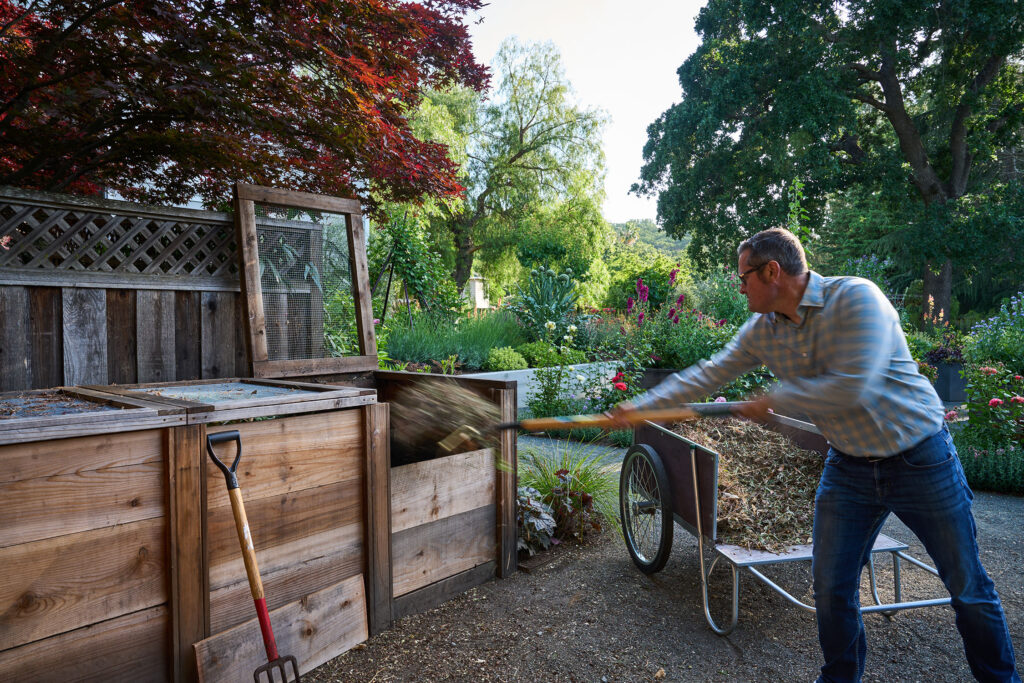
Thomas J. Story
Mulch is a garden essential, locking in moisture, keeping weeds at bay, and feeding the soil as it breaks down. The best part? You don’t have to spend a dime to get it.
Shredded Leaves
Nature’s perfect mulch—they’re free, abundant, and packed with organic matter to improve soil structure. Rake them up, shred them with a mower, and spread a generous layer around your plants.
Grass Clippings
Fresh clippings make an easy mulch, but go light—a thick layer can turn slimy fast. Let them dry out a bit before applying to avoid matting and be sure to avoid the use of any taller grasses that might have already sprouted seed heads.
Wood Chips & Sawdust
Local tree-trimming companies and sawmills often give away wood chips for free. Spread them around perennials and pathways for long-lasting coverage.
Straw & Hay
Know a local farm or feed store? Ask if they have slightly spoiled straw—they often give it away or sell it at a deep discount. Just be sure it’s herbicide-free.
Cardboard & Paper Layers
Got extra cardboard? Lay it down under compost or wood chips to smother weeds and retain moisture. Be sure to remove tape and labels before use.
4. DIY Drip Irrigation
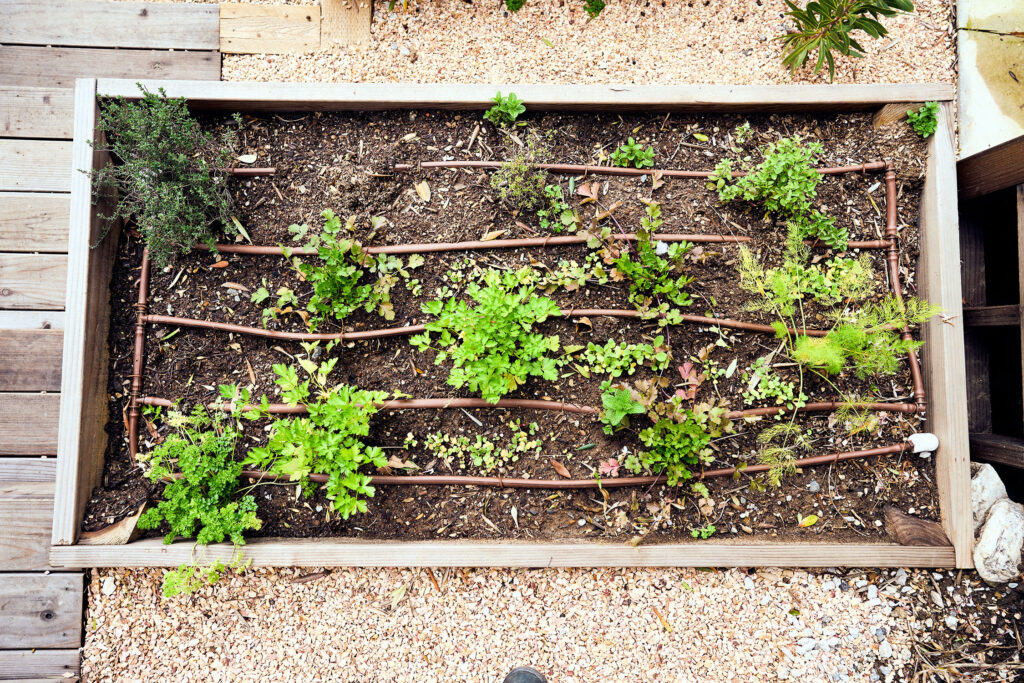
Thomas J. Story
A consistent watering schedule is key to a thriving garden, but you don’t need a pricey irrigation system to keep your plants happy. With a little ingenuity, you can set up a slow-release watering system using repurposed household items.
Wine Bottle Watering Globes
Have an empty wine bottle? Fill it with water, flip it upside down, and push the neck into the soil. It will slowly release moisture as the soil dries out—perfect for thirsty plants and a great hack for periods of time when you might be away traveling.
Old Hose Soaker System
Got a worn-out hose? Don’t toss it—poke small holes along its length, snake it through your raised beds, and let it act as a DIY drip line. This is especially effective when ringed around fruit trees for a slow deep soak.
Clay Pot Ollas
Bury an unglazed terracotta pot near your plants, fill it with water, and let the porous clay slowly release moisture into the soil. It’s an ancient watering trick that still works wonders today.
5. Free & Stylish Upgrades
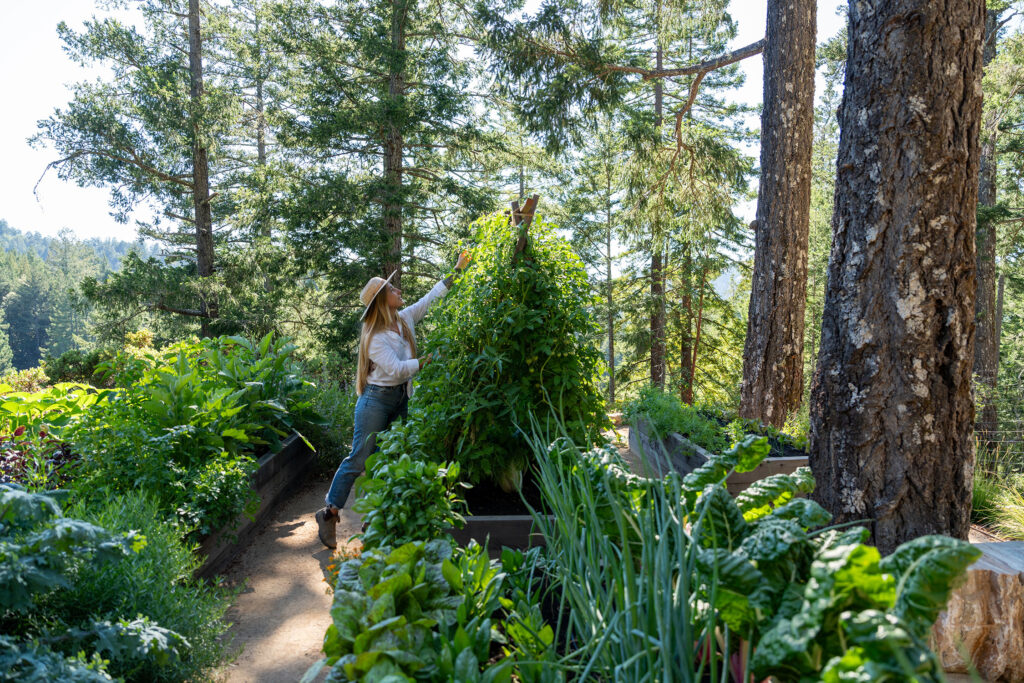
Thomas J. Story
Your raised beds don’t have to be just functional—they can look polished and stylish without a hefty price tag. With a little creativity and some salvaged finds, you can upgrade your garden’s aesthetic for free. Hot tip: Be sure to check out your neighborhood “buy nothing” groups for great finds and materials worth repurposing.
Brick & Stone Scavenging
Many cities and neighborhoods have free piles of bricks, stones, or old pavers from demolition projects. A quick online search or a drive around town might score you enough for a sturdy, charming edge.
Salvaged Metal Accents
Rusted fence panels, sections of old tin roofing, or even discarded metal bed frames can add unexpected texture and structure to your raised beds. Bonus: They age beautifully over time.
Driftwood & Logs
Naturally weather-resistant and effortlessly organic, driftwood and fallen logs make stunning bed borders. Chat up a nearby arborist or tree trimming service to see if you can take a few off their hands.
